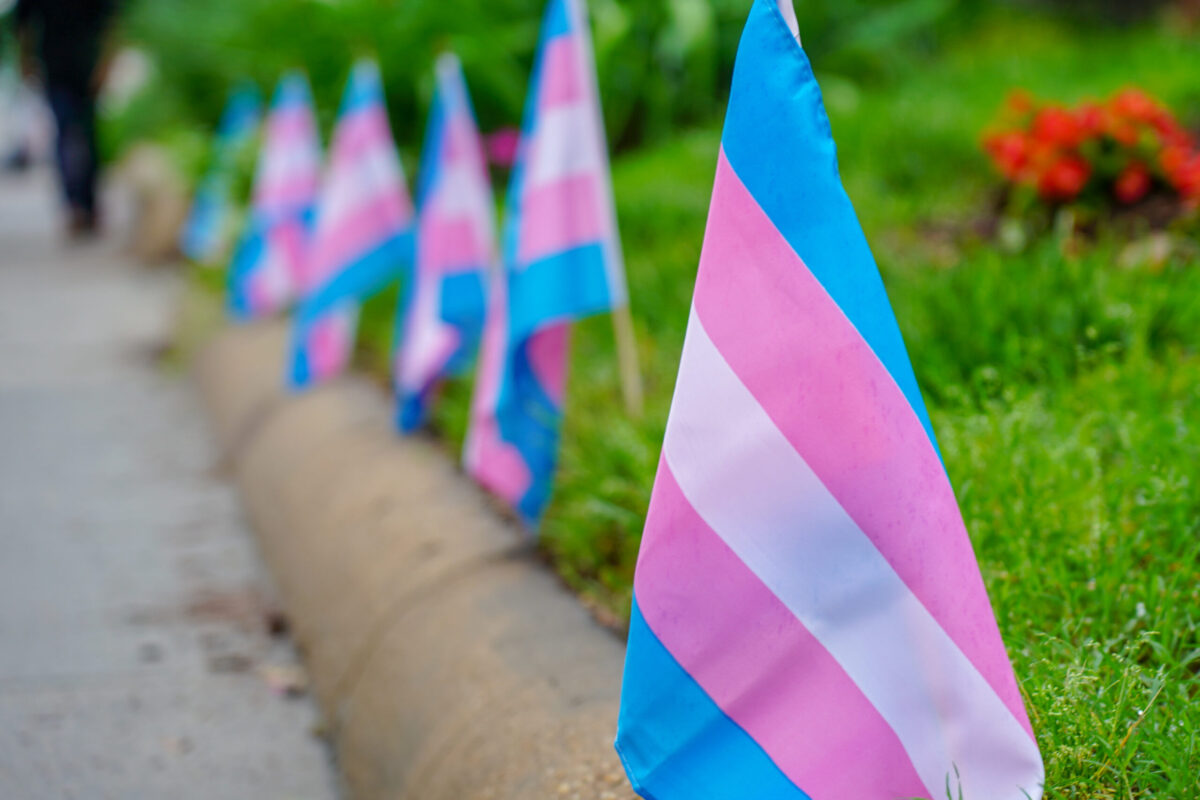Rebellious Daughters of History #44
by Judy Cox

Inspired by the Tower Hamlets Unison Strike: The Chocolate Women’s Strike
Clementina Black, secretary of the ‘Women’s Trade Union League’, organised a meeting for the young women working at Messrs Allen’s chocolate factory on 10 July 1890: “Twelve girls came, and their dread of being followed, watched and subsequently discharged was pitiful”.
The next day, the ‘Women’s League’ sent Miss James, a full-time organiser and former confectionary worker, to leaflet the workers.
“To her amazement she found the girls standing about in a crowd, though it was not yet seven o’clock. They surrounded her, telling her that they were ‘out’ and asking anxiously, ‘What shall we do?’ ‘Is there anybody who will help us?’ Miss James led them to the office of the ‘Women’s Trade Union Association’, 128 Mile End Road.”
A young woman had fallen at work and had been fined. She refused to pay the fine and was threatened with the sack. The other women stopped work and demanded her reinstatement and raised other grievances. They were forbidden to leave the factory in the dinner hour, forbidden to eat between eight and one, and were subject to “vexatious” fines.
A meeting was held at ‘Mile End Liberal and Radical Club’, at which a committee was elected and all those present joined the union.
The following Monday morning, union organiser John Burns and Miss James were at the factory gates before 8am, and picketing began. Solidarity donations were popular with dockers at Woolwich Arsenal lining up to put money in a bucket.
By Wednesday, Allen agreed to meet the women. They demanded reinstatement for the young woman, a right to leave the factory at lunchtime, an end to fines, an end to the practice of suspending those who were absent for a further two or three days, and a promise of no punishment for those who had joined the union.
Allen agreed to all the demands – except the abolition of fines for lateness – which he agreed to reduce. An agreement was finally signed on 22 July, and work at the chocolate factory resumed.

Inspired by the women unison members striking in Tower Hamlets this week: The Atlanta Laundresses Strike (summer 1881)
The Atlanta Laundresses Strike
Less than two decades had passed since the Emancipation of the slaves, Atlanta had only primitive water and sewer systems.
In the 1880s, some 98 percent of the city’s black working women were domestic workers and most were laundresses. Laundry work was the most difficult of domestic jobs, with long hours and low pay. Laundresses carried gallons of water for washing, boiling and rinsing clothes.
In July 1881, 20 laundresses met to form a trade organization, the ‘Washing Society’. They demanded higher pay, and autonomy over their work and established a uniform rate at $1 per dozen pounds of wash. They held a mass meeting and called a strike to win higher pay at the uniform rate.
The Washing Society, or “Washing Amazons,” as their opponents called them, organised door-to-door canvassing to recruit members, and urging laundresses to join the strike. They also involved white laundresses, who were less than 2 percent of laundresses in Atlanta—an extraordinary sign of interracial solidarity.
In three weeks, the Washing Society grew from 20 to 3,000 strikers.
By August, municipal authorities began arresting strikers and fining members. The City Council proposed that members of any washerwoman’s organization pay an annual fee of $25, several months of wages. The strikers responded with a letter to the mayor, agreeing to pay the fees rather than be defeated.
The striking laundresses inspired other domestic workers. Cooks, maids and nurses began demanding higher wages. Hotel workers also went on strike.
The following week, the City Council rejected the proposed fees. The laundresses had won.
The strike not only raised wages, more importantly, it established laundresses—and all black women workers—as central to the South’s economy. The white establishment was forced to acknowledge that black women workers, who were former slaves, were not invisible but were workers with collective power.



